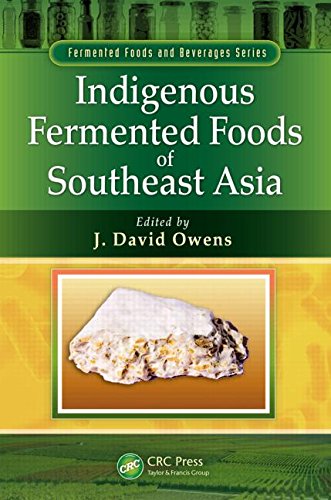

Most ebook files are in PDF format, so you can easily read them using various software such as Foxit Reader or directly on the Google Chrome browser.
Some ebook files are released by publishers in other formats such as .awz, .mobi, .epub, .fb2, etc. You may need to install specific software to read these formats on mobile/PC, such as Calibre.
Please read the tutorial at this link: https://ebookbell.com/faq
We offer FREE conversion to the popular formats you request; however, this may take some time. Therefore, right after payment, please email us, and we will try to provide the service as quickly as possible.
For some exceptional file formats or broken links (if any), please refrain from opening any disputes. Instead, email us first, and we will try to assist within a maximum of 6 hours.
EbookBell Team

0.0
0 reviewsBrings Together Current Knowledge and State-of-the-Art Information on Indigenous Fermented Foods
Fermented foods and beverages span a range of root crops, cereals, pulses, vegetables, nuts, fruits, and animal products. Southeast Asia has a long history of utilizing fermentation in the production and preservation of foods, and is widely recognized for its prominent use. Indigenous Fermented Foods of Southeast Asia examines some indigenous fermented foods of Thailand, Vietnam, Indonesia, Malaysia, and the Philippines, focusing on the chemical, microbiological, and technological factors associated with their manufacture, quality, and safety. This text establishes a need for an adequate understanding of the fermentation process to ensure safe and reliable practices, as well as the consistent production of a quality product.
The authors describe the production, microbiology, biochemistry, nutritional value, and dietary roles of a wide variety of indigenous fermented foods of Southeast Asia. Emphasizing the microbiological and biochemical processes in fermentations and examining the factors that influence the development of the characteristic microflora and chemical changes induced, they accurately describe each process and critically evaluate the roles of microbes in the fermentation. The classification of products is based on their microbial ecology (i.e. the predominant microbes involved), and the text includes examples of every major category of fermented food. The book covers tempe, starter cultures, sweet/sour/alcoholic rice and cassava fermentations, alcoholic fermentations, soy sauce, Bacillus fermentations, and lactic acid bacterial fermentations of vegetables, durian fruit, rice noodles, meats, and sea foods.
This book answers a series of basic questions addressing:
Indigenous Fermented Foods of Southeast Asia evaluates the state of scientific knowledge of the fermentations and identifies specific questions that need to be answered in order to promote the reproducibility, safety and future prospects of these fermented foods.